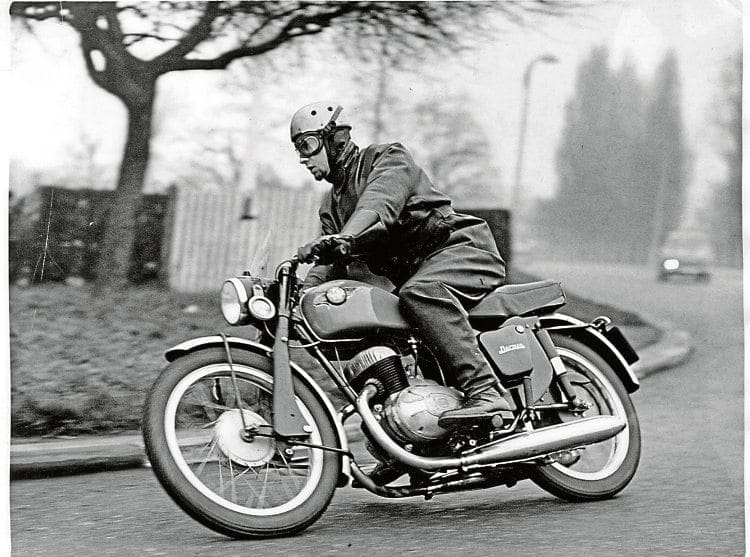Pete Kelly searches through the Mortons Archive for road tests and photos of the many British motorcycles that had Villiers two-stroke twins at their heart in the 1950s and ‘60s.
The part played by Villiers engines in the development of the British motorcycle is incalculable. Founded in Villiers Street, Wolverhampton, as a maker of bicycle components for John Marston & Son, the company had built its own 269cc two-stroke engine by the end of 1912.
Between the wars, a wide range of Villiers engines was powering cheap, simple-to-maintain motorcycles built by a plethora of manufacturers, and another busy manufacturing period came in the scramble for basic transport after the Second World War.

As affluence steadily grew from the mid-1950s, Villiers started looking for something a little more refined for two-up leisure motorcycling, and when the 2T twin was born in 1956 many manufacturers, wishing to add something a bit more sophisticated to their ranges, quickly started placing their orders.
Perfect for 60mph cruising – and a maximum in the low 70s in the right conditions – the smooth-running 2Ts had four-speed gearboxes from the start that helped with their brisk acceleration for the day. They filled a big gap in the market, and manufacturers including Panther, Norman, Ambassador, DMW, James/Francis-Barnett, Greeves, Cotton, Royal Enfield and others were soon fitting them to their machines.
Although the same engine was at their heart, there were marked differences in styling, suspension, brakes and (dare it be mentioned?) quality, and one can only imagine how much longer the Villiers legacy might have lived on had the Japanese not arrived in full force when they did.
Read more and view more images in the December 2018 issue of OBM – on sale now!





